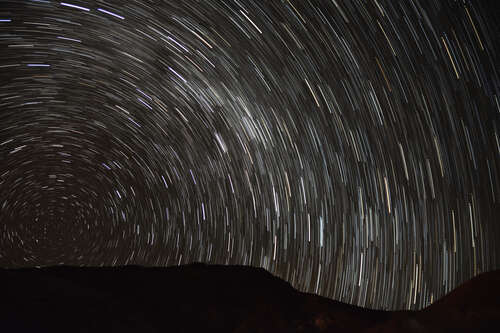
This story is the first of a series about my visit to the Atacama Desert.
In 2016 I had some time to travel and was eager to improve my photography, so I embarqued in an adventure. Spent a whole week in a camping hostel, which was no more than a tent in the middle of nowhere, AKA Atacama.
The Atacama Desert is the driest in the world (if you ignore Antarctica).
Because of it’s altitude, clear skies, and lack of light pollution, it’s perfect for astrophotography.
Every night I’d stay up taking pictures of the sky ‘til 3 or 4 am. It was really breathtaking.
Most of what you see in this pictures is also visible to the naked eye.
Astrophotography turned out more challenging than I thought it’d be.
After the first set of pictures, it became clear that my existing knowledge wouldn’t cut it.
I started researching new techniques during the day, and practicing during the night.
I also took a stargazing tour that taught me about the South Celestial Pole, among other things.
I encourage everyone to visit the Atacama Desert. The views and serenity that you get are hard to match.


This is the composition of 40 pictures, taken for half an hour.
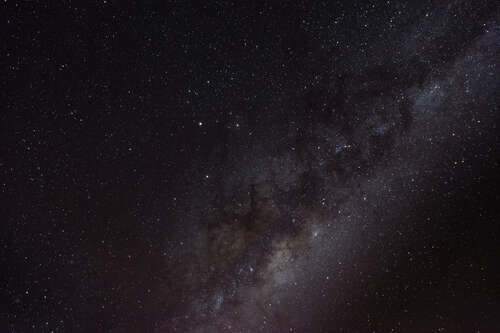
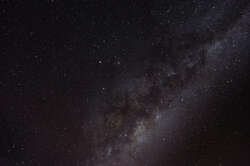



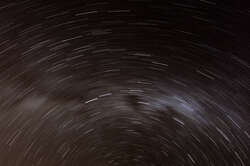
One of my first single-shot star trails. This was a half-hour exposure, looking at the South Celestial Pole.
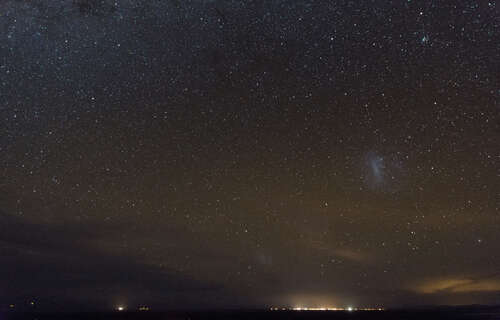
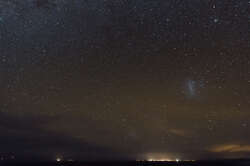
At first I thought the light patch on the right was a smudge in my lens, but after looking closely, I could also see it too! Turns out this is a galaxy, which can only be seen from the Southern Hemisphere.
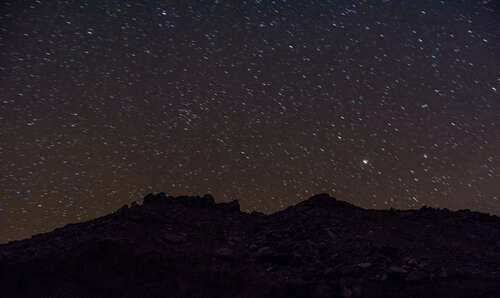

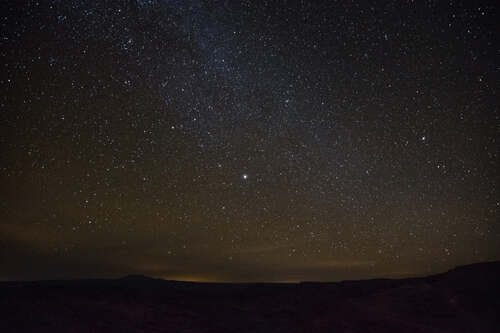





I asked someone to lit me with a flashlight while standing for about 10 seconds. That's why I look like as pale and as transparent as ghost.
